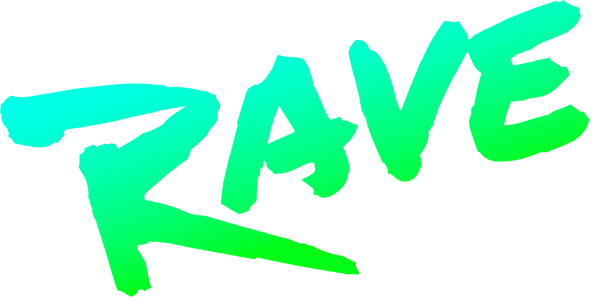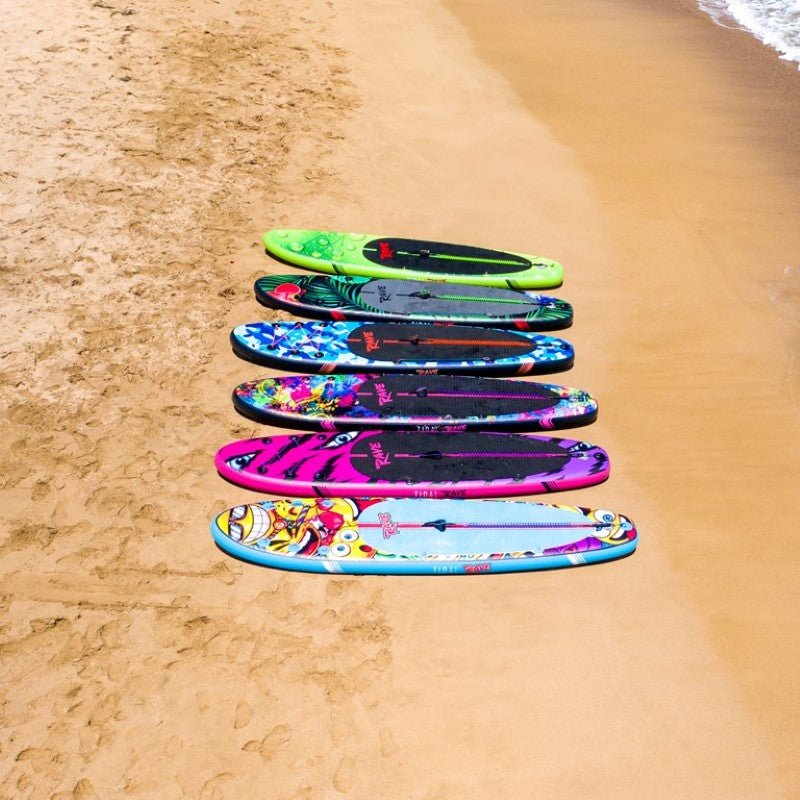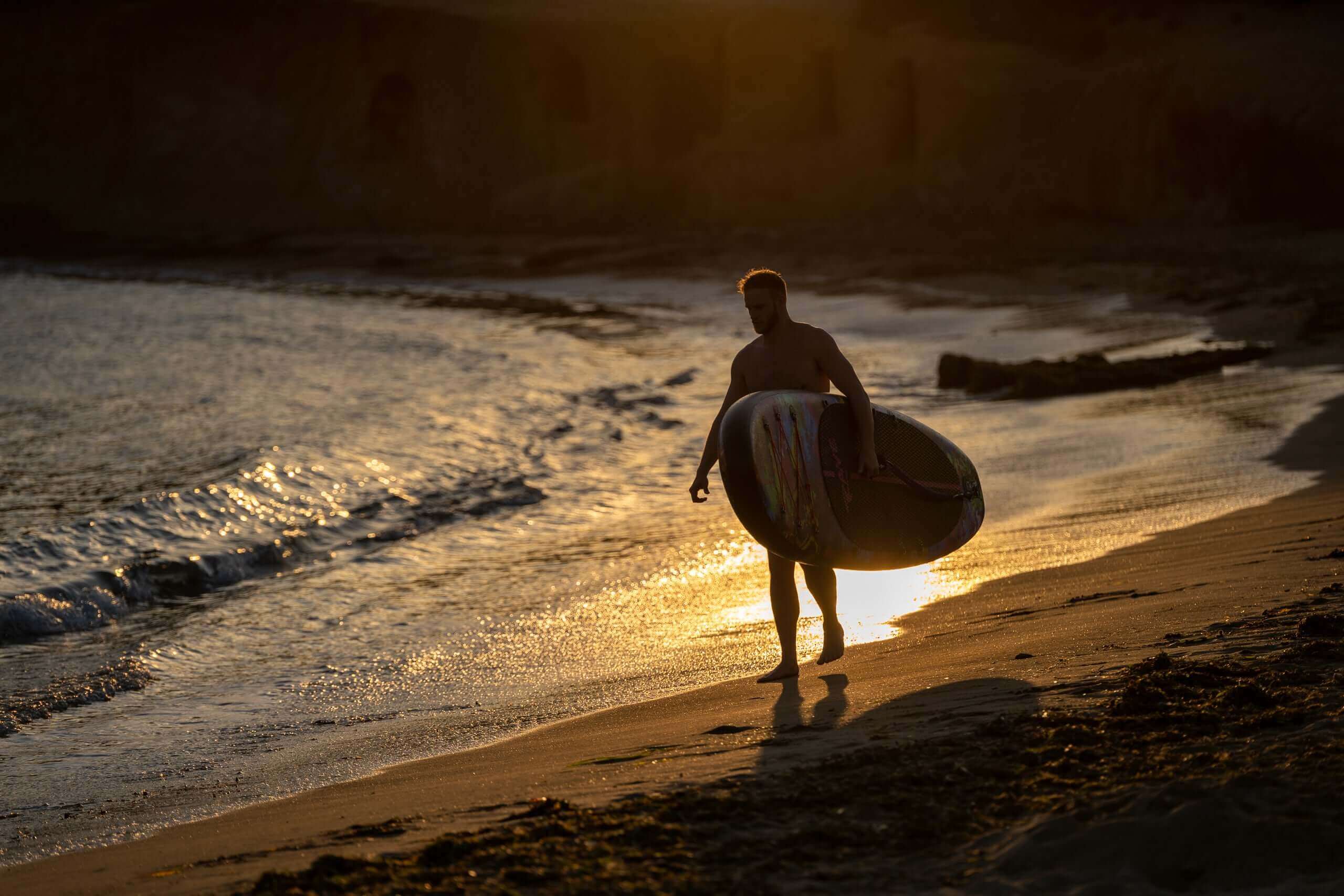If you’ve looked at the range of paddle boards available I wouldn’t be surprised if you were overwhelmed or struggling to make a choice. It can be confusing as there are so many different types, sizes and models.
It’s important to get it right though and pick a paddle board that matches your experience, activities, and preferences. To give you a helping hand, I look at how to choose a paddle board below, explain the different types, and what you should consider when buying an SUP.
Types of Stand Up Paddle Boards
First, let’s take a look at the different types of paddle boards, and while all of them have the same basic shape, there are nuances that make some boards more suitable for activities like fishing, yoga, and touring.
All-around paddle boards
If you don’t have a specific activity in mind, an all-around paddle board is the way to go. These can work in most situations and are great for beginners - particularly the inflatable varieties. Just bear in mind that these paddle boards are not streamlined and do not offer the best performance.
Touring paddle boards
If you intend to take longer paddle board trips and explore long stretches of waterways, a touring board could be the best option. These boards have improved performance compared to all-around paddle boards including improved gliding so you can cover longer distances with less effort.
Surf paddle boards
Some paddle boards are better-suited for surfing and these typically have a planing hull with a flat and wide nose. You can surf on the waves easier with this type of board and they are also usually good for white water use and general paddling.
Inflatable vs. hard paddle boards
There are two main paddle board categories - inflatable or hard and both have their pros and cons. Inflatable boards are much easier to transport and carry, but they require more time to set up and have slightly worse performance in the water.
Hard paddle boards offer superior water movement and performance, but you are limited in transportation and have to be able to move them from your house to the water (usually in a car).
Specialty Boards
There are a few speciality paddle board activities too including yoga and fishing and you can benefit from a slightly different board.
For fishing, you want maximum stability and perhaps a thicker board at 6 inches. It should also have a full board grip for your tackle. Yoga boards should also have a larger grip so you can easily perform your yoga stretches without your hands slipping on the board.

Considerations When Choosing a Stand Up Paddle Board
Now we know about the board types, we can look at the considerations to make and these include the dimensions, your budget, and your experience.
Dimensions and specifications
I’ve written a guide on choosing the right paddle board size but essentially the board must have enough volume to support your weight and gear. It should also be wide enough to give you the stability you want, and long enough in relation to your height. A simple pointer to remember is that narrower boards travel faster, but offer less stability.
Construction materials
Hard paddle boards are typically available in fibreglass, acrylic, or even carbon fibre and usually have a foam core to add to the buoyancy. There isn’t much difference in terms of performance and acrylic and fibreglass boards are suitably durable.
Inflatable SUPs are typically made from PVC with a special stitching technology that allows a stable air core. When inflated fully, there isn’t much difference in terms of hardness and stability.
Budget and price considerations
Price should be one of the last considerations as if you want to go all in with paddle boarding, you don’t want to start off with a cheap and nasty board! That being said, I understand that people have a budget to work with and the main factor here is to look at the accessories you get. Some paddle boards come with a complete accessory kit and offer better value for money.
Skill and experience
Your experience and confidence play a huge role in picking the right paddle board. If you are a beginner, you don’t want a streamlined, ultra-narrow board as these are meant for racing and experienced users who want speed and performance. Know your limits and choose a board suitable to your level - you can always upgrade in the future as you gain confidence!
Start Your Paddle Boarding With the Right Gear
Although I’ve given you a heap of advice, buying an SUP should be a fun experience too so don’t get too caught up in finding the perfect board! Always remember to enjoy the process and take in the amazing styles and designs too!
That being said, you should have a much clearer idea now of how to choose a paddle board and you are one step closer to getting on the water and having a blast.




